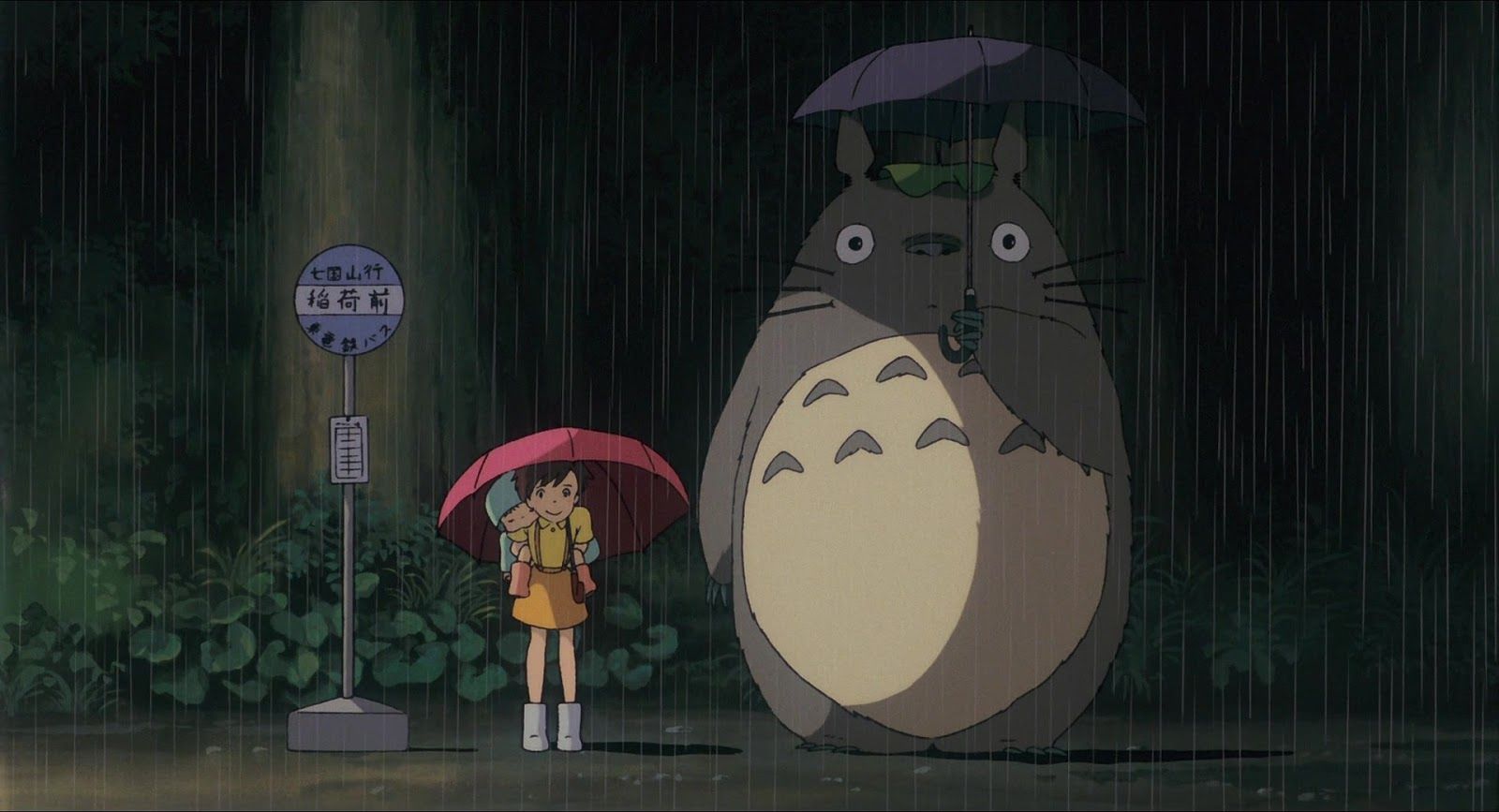
The magic of Miyazaki
When the news broke over the weekend that beloved Japanese animation studio Studio Ghibli was shutting its doors after 29 years, many anime fans were distraught. For some, it was an utter shock, especially since the one of the studio’s most recent films, the Oscar-nominated feature The Wind Rises, wasn’t released stateside until late February. Another film, When Marnie Was There, was released in Japan just last month.
For others, however, the news was less of a surprise; with Studio Ghibli creator Hayao Miyazaki’s return to retirement last fall, it seemed that the studio itself was on the ropes without its fearless leader at the helm.
But whether you foresaw the studio’s demise, it seems this panic might be for nothing: Studio Ghibli is not closing, as many news outlets initially reported, but is rather restructuring its studio in a recent documentary on the Japanese television program Jônetsu Tairiku. Though current Ghibli producer Toshio Suzuki discussed that the studio would be taking a short break to evaluate the studio’s operations, an interview was mistranslated by an English-language blog, causing frenzy as fans and news sites tried to decide how best to say goodbye to one of Japan’s entertainment giants.
If anything, this misunderstanding has only confirmed that, while some moviegoers may not even be aware of the studio by name, Studio Ghibli’s animated features, especially those made or spearheaded by Miyazaki, still carry significant weight with American audiences.
Much like Disney movies in the U.S., Studio Ghibli films are a delight for the imagination for audiences of all ages. Children and highbrow film critics alike are frquently entranced by Miyazaki’s imaginative worlds.
Even before Ghibli was formed, Miyazaki’s film Nausicaä of the Valley of the Wind displayed many qualities fans are drawn to today: beautiful artwork, stunning animation, engaging stories, well-developed characters and Miyazaki’s own distinctive voice, as the filmmaker leaves little notes of his own personal and political views in each of the stories he develops.
The first Miyazaki/Ghibli film I saw was the English re-release of My Neighbor Totoro back in middle school. The movie reminded me of Disney’s Alice in Wonderland, but with a fresh, whimsical twist; rather than the tangled web of madness Alice is subjected to, the adventures experienced by Mei and Satsuki felt more innocent. In many ways, watching Totoro and other Ghibli movies feels like looking through the eyes of children.
Totoro remains one of the better known Studio Ghibli films, and it has left an impact on American culture as well; TV shows such as Adventure Time and South Park have lovingly pariodied the movie’s poster and scenes, while Disney animators paid homage to the film and Studio Ghibli by featuring a stuffed Totoro plush in Toy Story 3.
Though there are other wonderful Miyazaki/Studio Ghibli films to consider, including Kiki’s Delivery Service, Spirited Away, or even the recent Ponyo, Howl’s Moving Castle has to be my favorite Studio Ghibli film by Miyazaki. Based on a novel of the same name by Diana Wynn Jones, Howl’s tells the story of a girl who seeks the help of a mysterious and moody wizard to break the curse that has trapped her in the body of an old woman. The movie managed to be very lighthearted and funny while also being quite dark and thoughtful; the film hits very deep emotional chords about everything from self-esteem and vanity to war without sacrificing any of Miyazaki’s fantastical whimsy.
My favorite part of this and all of Ghibli’s other films are the vibrant characters, and Howl himself is one of the most entertaining animated characters of all time. Vain and self-centered, Howl is a stark contrast to the humble cursed girl Sophie who joins him in his magic walking manor. The interactions between the two of them give the film real heart, and Christian Bale, who voices Howl in the English dub, gives a stellar and appropriately meoldramatic performance as the titular sorcerer.
Of course, Studio Ghibli is more than just Miyazaki. Many fear the studio will close without its patriarch because of the less-than-desirable box office performances of some of the studio’s other films. However, these films still provide the beautiful visuals and heartwarming stories that have come to define Ghibli.
One such film is The Secret World of Arrietty, which was released in the U.S. in 2012. Based on the classic children’s book The Borrowers, the film tells the story of a family of small people who survive living in the walls of houses by borrowing thing that the people leave around. Though it lacked Miyazaki’s magic touch (at least from the director’s chair) the movie was still vibrant and fresh; even though I was familiar with The Borrowers, I was still entranced by Hiromasa Yonebayashi’s fanciful and engaging storytelling.
While the future is certainly unclear for Studio Ghibli without Miyazaki, there is probably nothing to worry about; in less than 30 years, the studio has produced iconic and enriching features that have captivated global audiences. As long as future filmmakers hold onto the spirit of wonder at the heart of Studio Ghibli, I’m sure the animation giant will continue to delight audiences for years to come.



